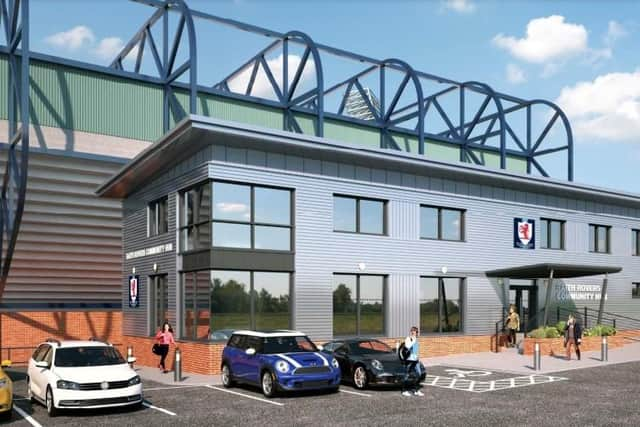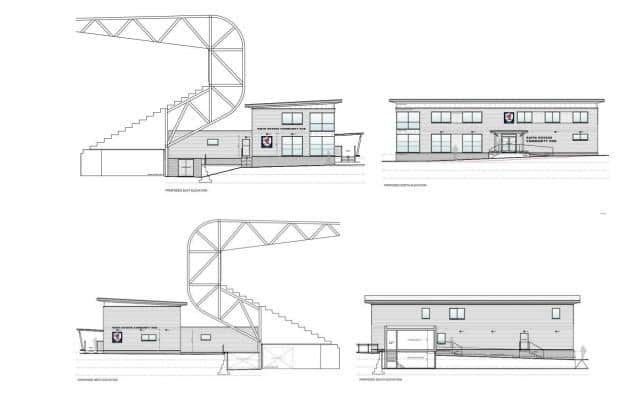Raith Rovers get go-ahead for new development at Stark’s Park
and live on Freeview channel 276
Fife Council has given the green light for work to start on the development behind the McDermid Stand.
The hub is seen as key to modernising its facilities, and developing its growing community links which have seen huge numbers use the ground since the introduction of an artificial pitch in 2018.
Advertisement
Hide AdAdvertisement
Hide AdThe application for the two-storey hub was submitted by Stark’s Park Property Ltd which is owned by Thailand based businessman John Sim, who also owns the football team.


The development will “promote engagement and encourage local interaction with the club for all ages.”
It will also lead to a reconfiguration of the adjacent car park.
In a supporting statement, Rovers said: “The range of age groups who use the site currently is growing, and the community hub will allow and expansion of the ground to generate interaction with the club.


Advertisement
Hide AdAdvertisement
Hide Ad“The development is a much needed addition to the stadium, given the importance of generating awareness of sporting activities and encouraging engagement in sport.
"The development will provide a long-term strategy for community engagement.
Approving the application, the council stated: “ The proposal would enhance the community facilities associated with Raith Rovers FC; would be compatible with its surrounds; would have a positive impact on the appearance of the existing football stadium and its immediate surrounding built environment; would not cause any significant detrimental impacts on the amenity of the surrounding area or road safety; and would not have any detrimental impacts on the existing infrastructure.”
